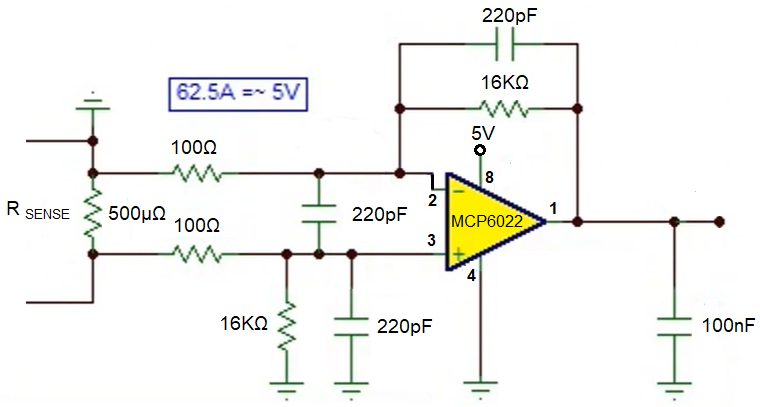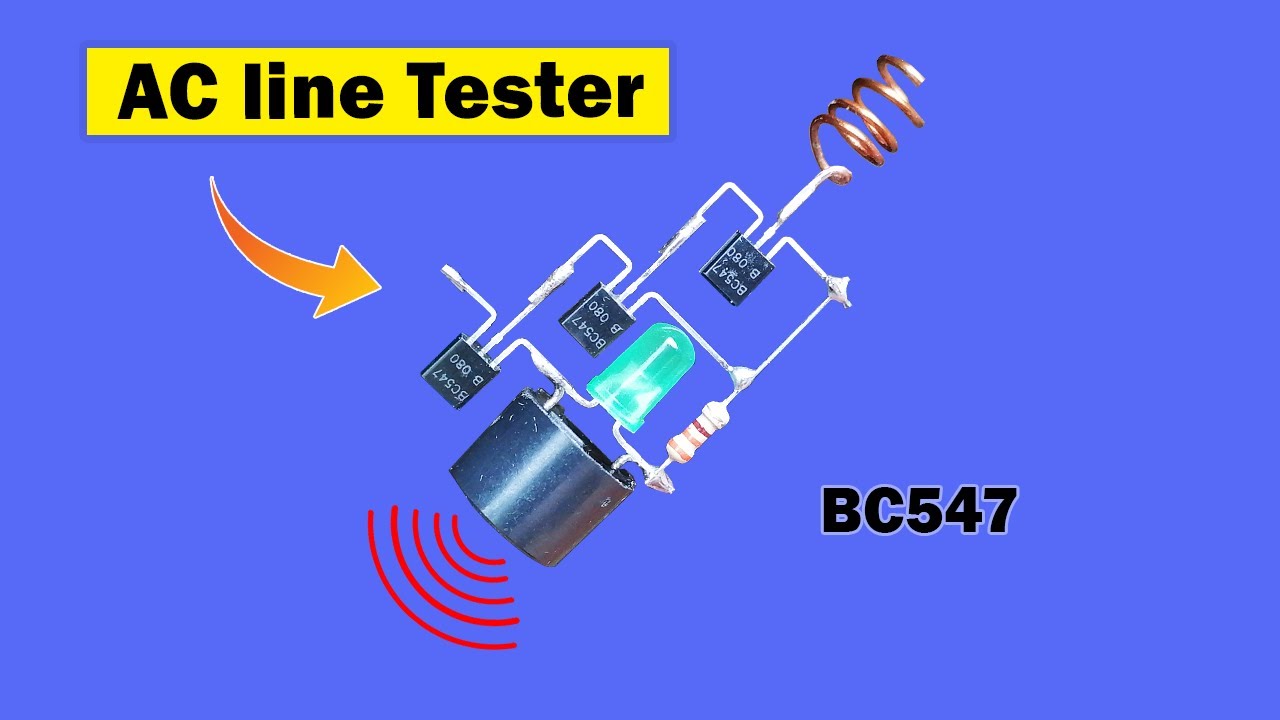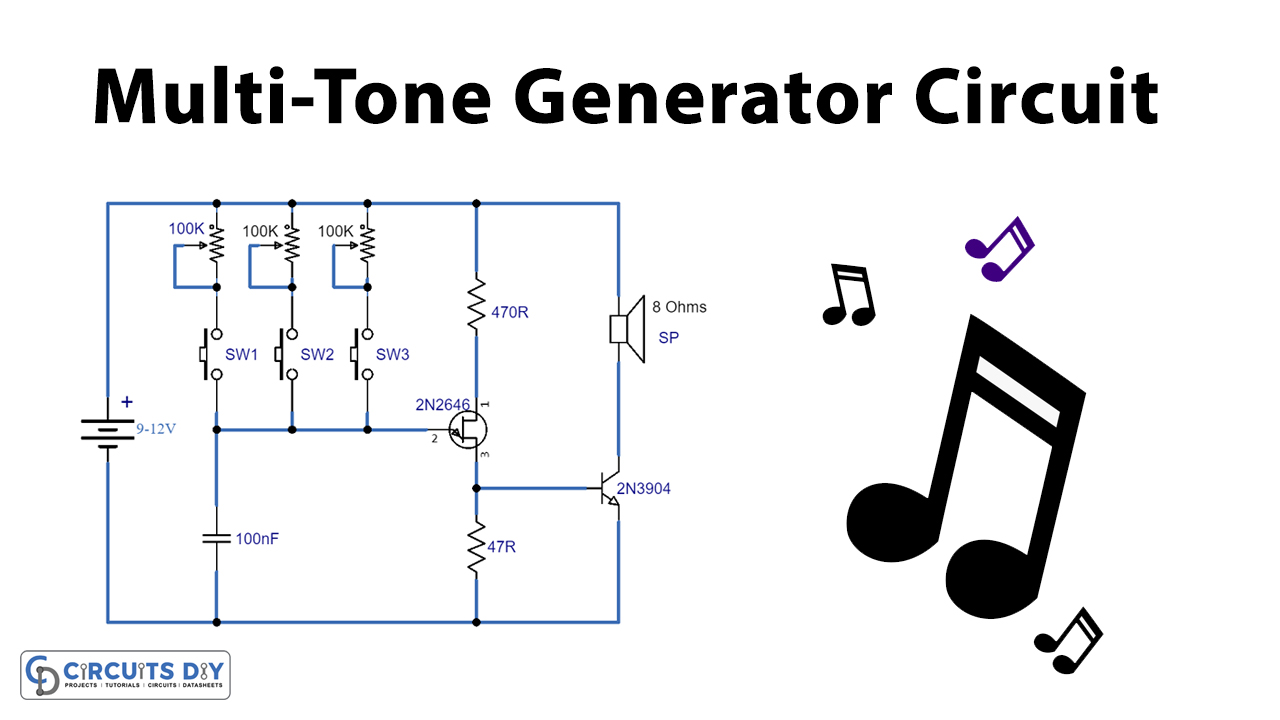How to Design a Current Sensing Circuit
Current sensing circuits are an essential part of many electronic devices and systems. They are used to monitor and measure the flow of electric current in a circuit, which is crucial for ensuring the safe and efficient operation of various components. Whether you are a beginner or an experienced engineer, designing a current sensing circuit can be a challenging but rewarding task. In this article, we will guide you through the steps to design a current sensing circuit successfully.
Understand the Basics
Before diving into the design process, it is essential to understand the basic principles of current sensing. Current sensing is the process of measuring the current flowing through a conductor. There are several methods to sense current, including shunt resistors, current transformers, and Hall effect sensors. Each method has its advantages and limitations, so it is crucial to choose the right technique based on your application requirements.
Determine the Sensing Method
Once you have a clear understanding of the basics, the next step is to determine the sensing method for your current sensing circuit. Shunt resistors are the most common method used for current sensing due to their simplicity and accuracy. Current transformers are suitable for high-current applications, while Hall effect sensors are ideal for isolation and high-speed sensing. Consider the characteristics of each method and choose the one that best suits your needs.
Select the Sensing Element
Design the Signal Conditioning Circuit
After selecting the sensing element, it is crucial to design the signal conditioning circuit. The signal conditioning circuit processes the output signal from the sensing element and amplifies it to a level suitable for further processing. Depending on the sensing method used, the signal conditioning circuit may include amplifiers, filters, and ADCs. Pay attention to noise and distortion considerations to ensure accurate and reliable current measurements.
Implement Protection Features
It is important to implement protection features in your current sensing circuit to ensure the safety and longevity of the components. Overcurrent protection, reverse polarity protection, and input voltage protection are some common features to consider. Implementing protection features can prevent damage to the circuit and ensure reliable operation in various operating conditions.
Test and Calibrate the Circuit
Conclusion
Designing a current sensing circuit requires careful planning and attention to detail. By understanding the basic principles, selecting the right sensing method, choosing the appropriate sensing element, and implementing protection features, you can design a current sensing circuit that meets your application requirements. Remember to test and calibrate the circuit thoroughly to ensure accurate and reliable operation. With the right approach and proper design techniques, you can create a well-functioning current sensing circuit for your electronic devices and systems.
How to Design a Current Sensing Circuit
Current sensing circuits are an essential part of many electronic devices and systems. They are used to monitor and measure the flow of electric current in a circuit, which is crucial for ensuring the safe and efficient operation of various components. Whether you are a beginner or an experienced engineer, designing a current sensing circuit can be a challenging but rewarding task. In this article, we will guide you through the steps to design a current sensing circuit successfully.
Understand the Basics
Before diving into the design process, it is essential to understand the basic principles of current sensing. Current sensing is the process of measuring the current flowing through a conductor. There are several methods to sense current, including shunt resistors, current transformers, and Hall effect sensors. Each method has its advantages and limitations, so it is crucial to choose the right technique based on your application requirements.
Determine the Sensing Method
Once you have a clear understanding of the basics, the next step is to determine the sensing method for your current sensing circuit. Shunt resistors are the most common method used for current sensing due to their simplicity and accuracy. Current transformers are suitable for high-current applications, while Hall effect sensors are ideal for isolation and high-speed sensing. Consider the characteristics of each method and choose the one that best suits your needs.
Select the Sensing Element
Design the Signal Conditioning Circuit
After selecting the sensing element, it is crucial to design the signal conditioning circuit. The signal conditioning circuit processes the output signal from the sensing element and amplifies it to a level suitable for further processing. Depending on the sensing method used, the signal conditioning circuit may include amplifiers, filters, and ADCs. Pay attention to noise and distortion considerations to ensure accurate and reliable current measurements.
Implement Protection Features
It is important to implement protection features in your current sensing circuit to ensure the safety and longevity of the components. Overcurrent protection, reverse polarity protection, and input voltage protection are some common features to consider. Implementing protection features can prevent damage to the circuit and ensure reliable operation in various operating conditions.
Test and Calibrate the Circuit
Conclusion
Designing a current sensing circuit requires careful planning and attention to detail. By understanding the basic principles, selecting the right sensing method, choosing the appropriate sensing element, and implementing protection features, you can design a current sensing circuit that meets your application requirements. Remember to test and calibrate the circuit thoroughly to ensure accurate and reliable operation. With the right approach and proper design techniques, you can create a well-functioning current sensing circuit for your electronic devices and systems.



